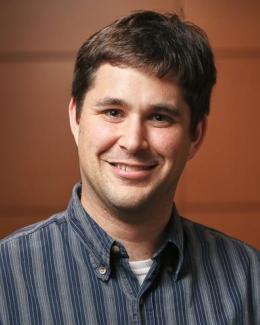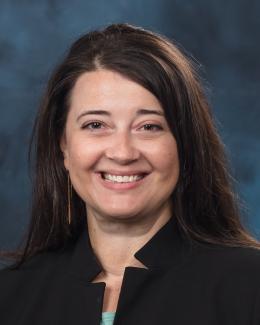Abstract
The availability of supercomputers and state-of-science datasets has made it possible to conduct large-scale land simulations at an ultrahigh-resolution. This study reported a computational framework for land surface simulation using the E3SM land model (ELM) at an unprecedented resolution (1 km x 1 km gridcell). The ultrahigh-resolution ELM (uELM) simulation framework includes three parts: (1) high-resolution atmospheric forcing and surface properties dataset generation, (2) massive gridcell-based simulation, and (3) large-scale simulation results analysis. We implemented the uELM simulation framework and completed the first 1 km x 1 km terrestrial ecosystem simulation (from 1850 to 2014) over the Seward Peninsula in Alaska (78,000 km2). The experiment contained two phases: a spin-up simulation and a transient simulation, and required five weeks of calculations using 320 cores in a 44-node Linux HPC computer. It created approximately 1.3 TB of data from the transient simulation alone (1850 - present). We selected sample results (monthly and daily simulation outputs) to illustrate the temporal and spatial variations of several variables in high-latitude Arctic ecosystems’ water, energy, and carbon cycles. At last, we summarized the lessons learned and proposed new developments for full-scale uELM simulations over the entire North American continent (approximately 22,000,000 km2).







